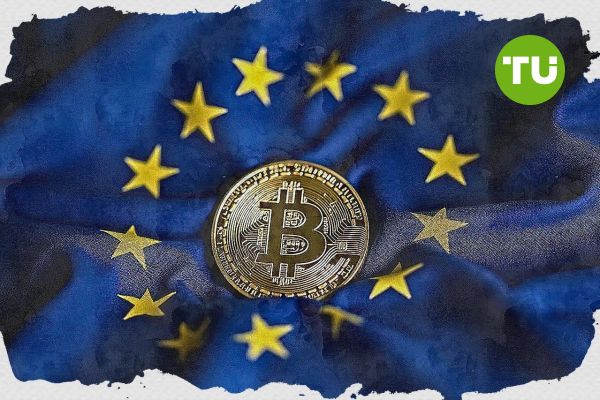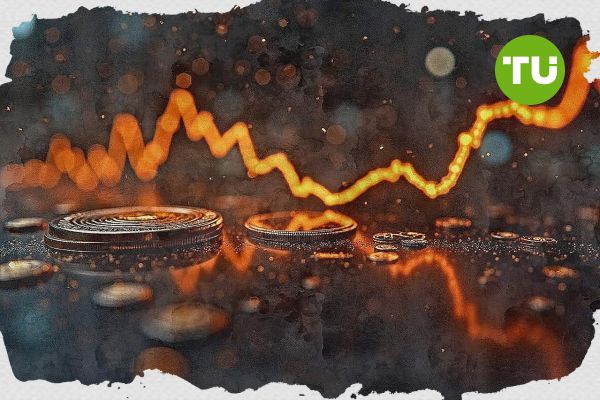EU approved 53 crypto companies after mica introduction

Six months after the European Union's groundbreaking crypto regulation, Mica, 53 crypto-related companies have received approval to legally work in the 30 countries of the EU.
These include 14 licensed stable coin emitters and 39 mica-autorized crypto-asset service providers (CASPS), such as Patrick Hansen, Director of EU Strategy & Policy at Circle, reported in an update of July 7th Crypto News.
Large actors such as Coinbase, Kraken, Bitstamp and N26 now benefit from the “Passporting” rights of the Mica, which enable them to offer services across the EU without having to apply for a license in every country. The Ordinance on Markets for Crypto Assets (Mica), which comes into force on December 30, 2024, is the world's first comprehensive legal framework for crypto. It covers the licensing, the issue of stable coins, consumer protection and disclosure and aims to standardize the standards in the member states and to reduce regulatory fragmentation.
Tether and Binance are missing, while licensed issuers expand
Despite the regulatory impulse, Tether, the issuer of the world's largest stable coin, has not received a mica license. As a result, platforms such as Coinbase and Crypto.com have taken the tokens off the list in parts of the EU. Binance, which is still under regulatory pressure worldwide, is also not on the list of mica registrations.
On the other hand, Circle, Société Générale-Forge and Membrane Finance are among the issuers of stable coins that are now legally active under mica. The licensed tokens include USDC, EURC, yours and USDCV. It is noteworthy that the EU does not yet have any applications for asset reference tokens (arts) – stable coins that are underlaid with baskets of assets – which illustrates the lack of interest in the market or cost -related obstacles in the current legal framework.
Regulatory enforcement and outlook for September
Since the pressure to comply with the mica is getting bigger, the EU regulatory authorities have started to act against non-compliant actors. More than 35 crypto companies were warned, with the Italian consob being the leading measures. In addition, the media specializing in cryptocurrencies in Western Europe were influenced by algorithmic and political changes that aim to adapt to the stricter mica standards.
The next important regulatory checkpoint will come at the end of September and mark the nine -month milestone. Until then, many companies try to meet the strict disclosure, governance and investment requirements of Mica. While the frame has caused regulatory clarity and more smooth market access, he also drove the costs to comply with the regulations and changed the competitive dynamics of the European crypto industry.
We recently wrote that Swedish Minister of Justice Gunnar Strömmer The authorities are urged to use the recently entered into force of the state of the country that enable enforcement authorities to confiscate assets, even if no criminal activities can be clearly demonstrated.
This material may contain opinions, does not constitute financial advice and can contain sponsored content.





